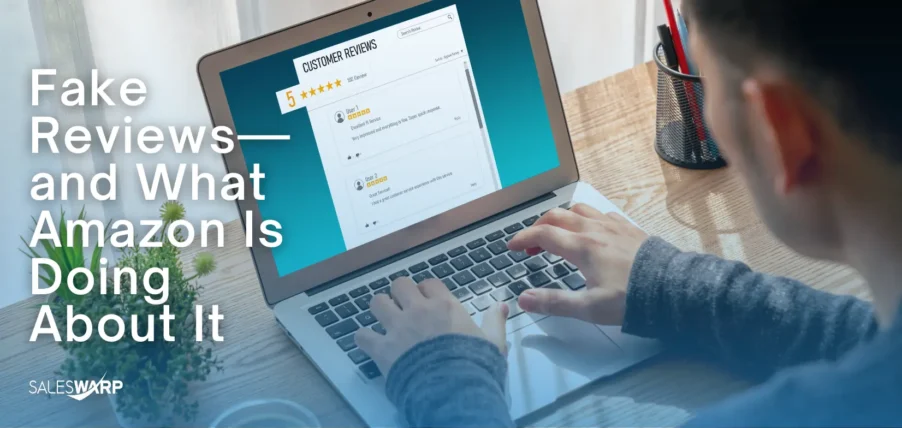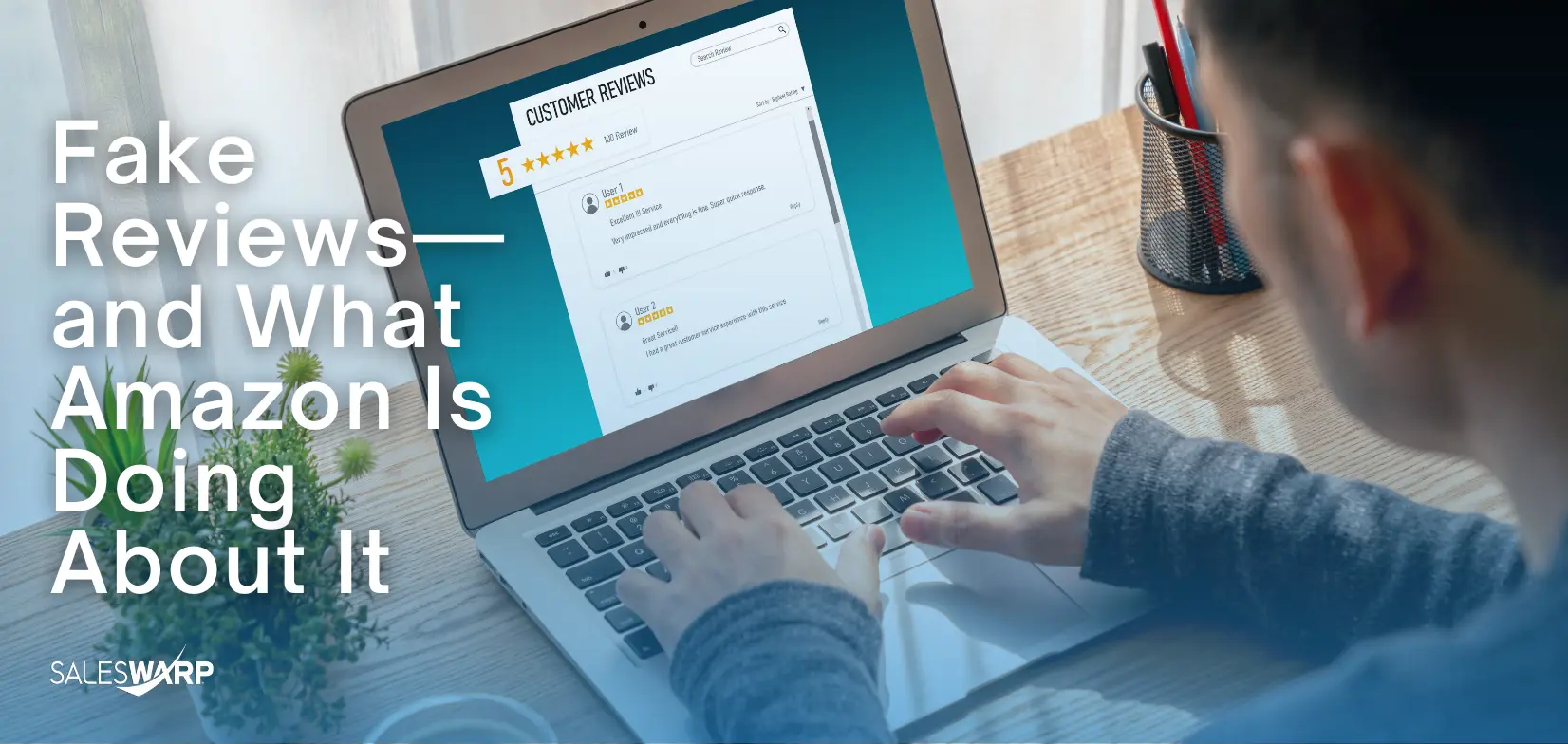Fake Reviews—and What Amazon Is Doing About It
Fake reviews cost the world economy close to $152 billion every year, according to CHEQ. As consumer confidence has slowly declined, platforms like Amazon are increasing their efforts to fight this growing issue.
It is reported by CX DIVE that Amazon has taken more measures to keep its marketplace safe, using technology, enforcement, and collaborations with 3rd parties to weed out fake reviews.
Amazon’s Plan to Eliminate Fake Reviews
Amazon has adopted a comprehensive approach to fighting fake reviews:
- Strict Policies
Amazon enforces strict policies against review trading, review buying, and other forms of review manipulations. It has very strict policies for consumers and sellers, and violators can be suspended, if not, permanently banned for their lifetime. - Proactive Detection
Amazon leverages machine learning and artificial intelligence to detect patterns of suspicious activity. If, for example, there’s a spike in reviews for a product for a short period, and the comments are too repetitive or too general, then the system flags these reviews for review. - Legal Action
Amazon has been firm in its action against fraudulent practices. The platform has filed lawsuits and pursued legal action against individuals and companies that orchestrate review manipulation schemes. In 2021, the company sued two major fake review websites, AppSally and Rebatest, sending a very clear message that it won’t tolerate such practices.
More details about Amazon’s efforts are available here.
FTC’s New Rules Are a Game-Changer
The Federal Trade Commission (FTC) introduced new rules to penalize fake reviews in response to the growing issues. Under these FTC guidelines, businesses and individuals involved in deceptive review schemes face hefty fines. The rules aim to hold platforms, retailers, and marketers accountable for ensuring the authenticity of reviews.
The FTC’s actions are expected to trigger a domino effect industry-wide. By placing more pressure on companies to prioritize trust and transparency, these regulations will help level the playing field and restore trust from consumers.
How Retailers Can Protect Brand Reputation
Retailers can take proactive steps to address fake reviews and build trust with their customers. Some best practices include:
- Audit and Monitor Reviews: Regularly analyze reviews for signs of manipulation, such as identical phrasing or sudden spikes in volume.
- Use Review Verification Tools: Platforms like Fakespot and ReviewMeta can help assess the authenticity of reviews.
- Promote Transparency: Educate customers on identifying fake reviews and encourage them to report suspicious activity.
- Foster Authentic Feedback: Incentivize honest reviews from verified buyers by offering perks like discounts or loyalty rewards, without pushing for only positive feedback.
With fake reviews costing the global economy billions and consumer trust declining, retailers need reliable ways to build credibility. See how trust badges can help reinforce authenticity and boost consumer confidence in our blog.


